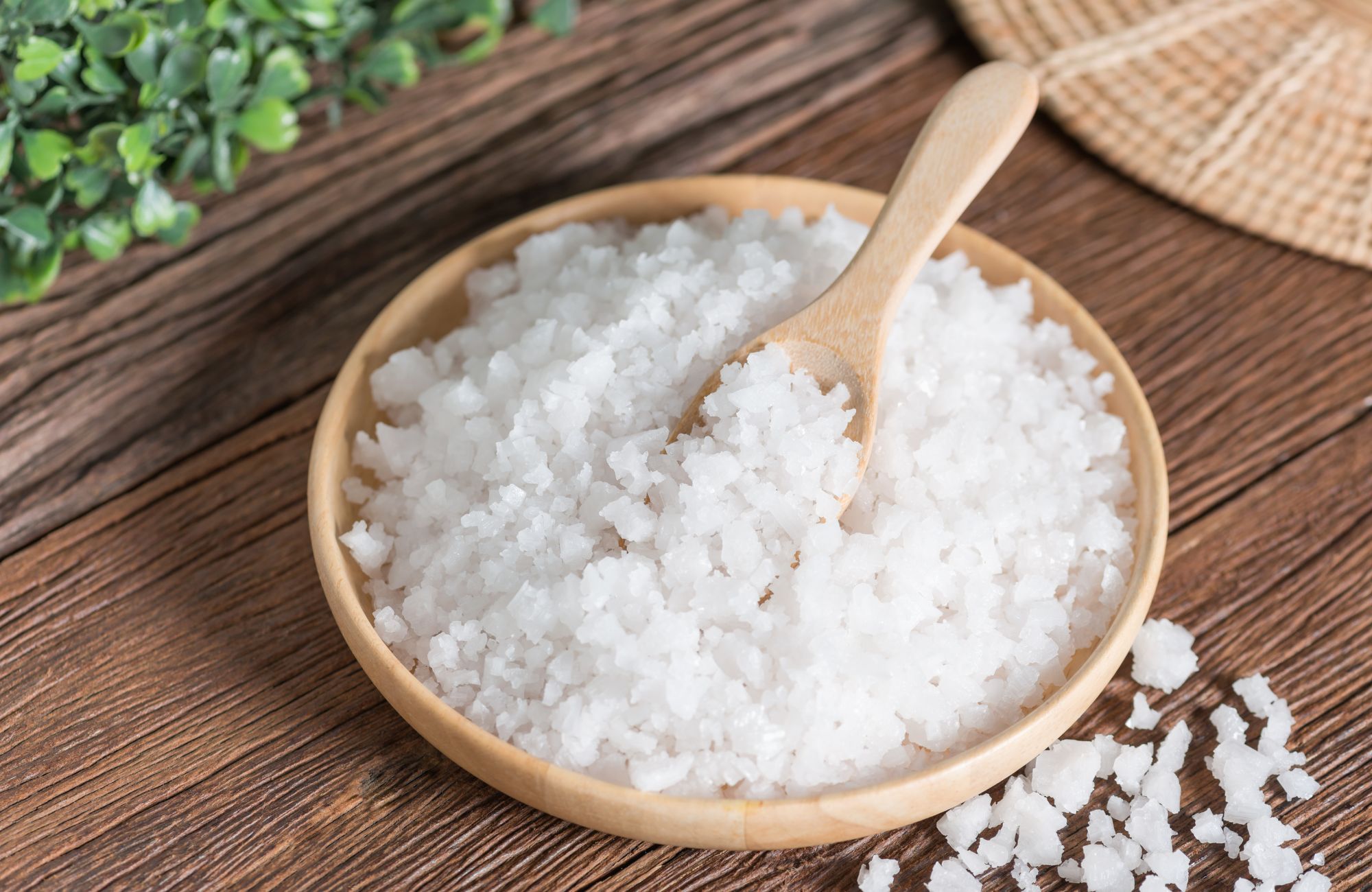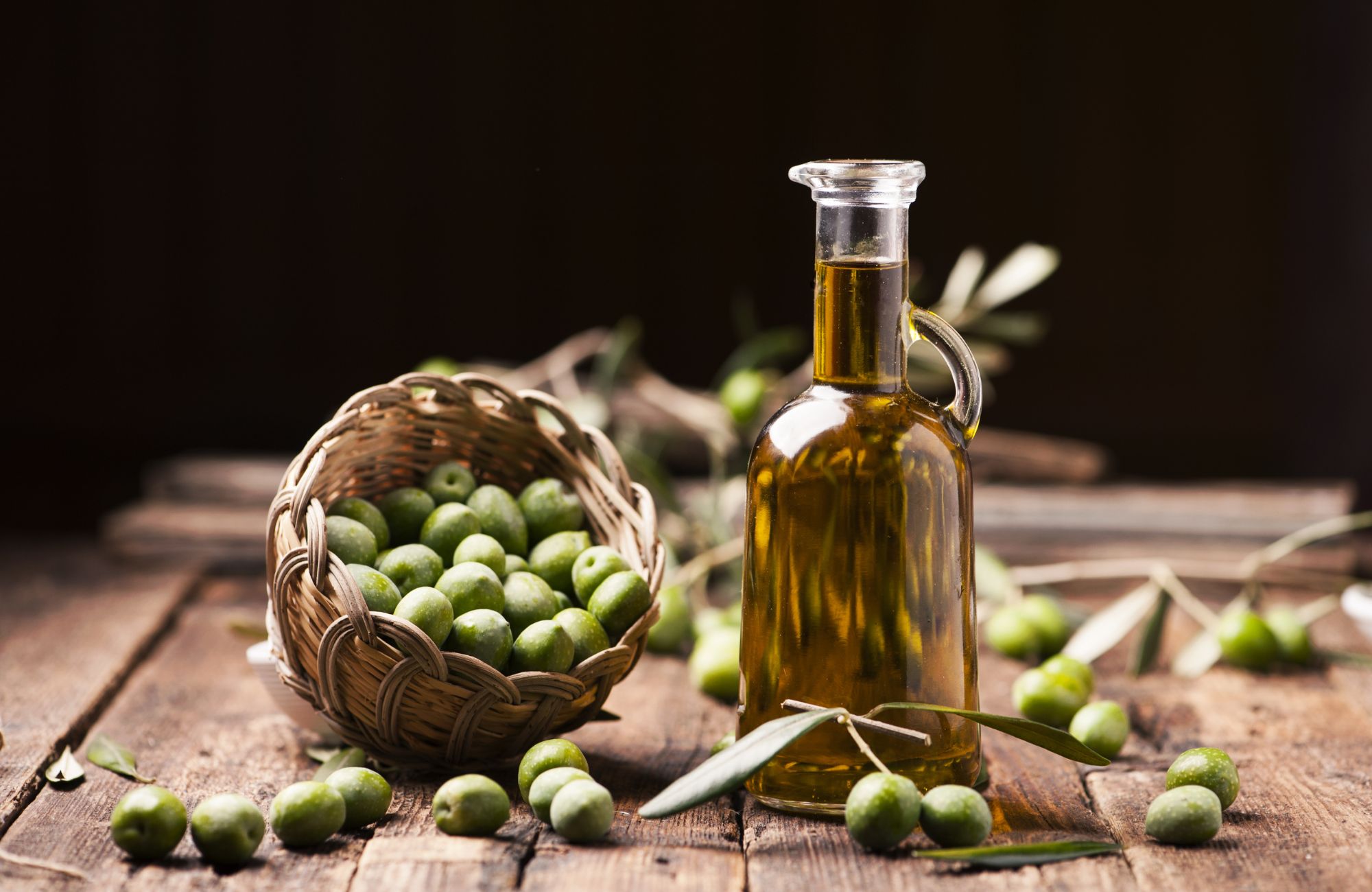
Does Canola Oil Go Bad? Shelf Life, Storage & Safe Usage
Ever looked at that bottle of canola oil in your pantry and wondered if it’s still good? You’re not alone. Cooking oils do not last forever, and using one that has gone bad can affect the flavor of your meals or even pose a risk to your health. It is something many people overlook until they notice a strange smell or taste.
So, does canola oil go bad? The answer is yes. Like any kitchen staple, it needs the right care to stay fresh. Knowing how to store it properly and spot the signs of spoilage can help you cook with confidence and keep your meals tasting their best.
Understanding Canola Oil Basics
Before we get into shelf life and storage, it helps to understand what makes canola oil different from other cooking oils. Although often confused with rapeseed oil, canola oil has been specially bred to contain very low levels of erucic acid, making it much safer to consume. It also offers a strong nutritional profile. Canola oil is low in saturated fat, free of cholesterol and trans fats in its natural state, and rich in monounsaturated fats with a good balance of omega-3 and omega-6 fatty acids.
These qualities make canola oil a healthy and versatile option in the kitchen. Its high smoke point, around 400 degrees Fahrenheit, makes it suitable for everything from sautéing to deep frying. For those looking for even more stability, high oleic canola oil offers a longer shelf life due to its higher monounsaturated fat content. This makes it a great choice for commercial kitchens or for home cooks who use oil less frequently.
Does Canola Oil Go Bad?
Yes, canola oil can go bad over time. The main reason is a process called rancidification, where exposure to oxygen breaks down the fat molecules, resulting in off smells and unpleasant flavors. How quickly this happens depends heavily on storage conditions. Light, heat, air exposure, and contaminants like water or food particles can all speed up spoilage.
In general, unopened canola oil lasts about one to two years, and even up to a year past its printed date if stored properly. Once opened, it typically stays fresh for six to twelve months. High oleic canola oil, which is more stable, may last up to two years unopened and about a year once opened. Refined versions usually last longer than unrefined ones, but the latter may retain more nutrients and flavor. Proper storage makes all the difference in preserving quality.
Understanding Expiration Dates on Canola Oil
The date printed on a canola oil bottle is usually a “best by” or “use by” date, which reflects when the oil is expected to be at peak quality, not when it becomes unsafe. Canola oil often remains usable well beyond this date if stored properly. These labels are meant to guide flavor and performance, not safety. Rather than relying solely on the printed date, consider how the oil has been stored, how long it has been open, and whether there are signs of spoilage. In fact, many chefs trust their senses over the label, since oil quality declines gradually, not all at once.
How to Tell if Canola Oil is Bad
Determining whether your canola oil has gone bad doesn’t require special equipment. Your senses are your best tools. Here’s what to look for:
Smell Test
Fresh canola oil has a minimal, neutral aroma. If your oil smells rancid, sour, or reminiscent of crayons, paint, or chemicals, it has likely spoiled. This off-putting smell is the most reliable indicator of rancidity and occurs as fatty acids break down through oxidation.
Taste Evaluation
If the smell seems acceptable, place a small amount of oil on a spoon and taste it. Fresh canola oil has a mild, neutral flavor with perhaps a slight nuttiness. Rancid oil will taste sharp, bitter, or soapy. Even slightly off-tasting oil can negatively impact the flavor of your dishes.
Visual Inspection
While not as definitive as smell or taste, visual changes can indicate problems:
- Color changes: Canola oil should be pale golden and clear. Darkening may indicate degradation, though some color change is normal with age.
- Cloudiness or haziness: Unless the oil has been refrigerated (which can cause temporary cloudiness), this could signal contamination.
- Thickened texture: If the oil feels stickier or more viscous than when purchased, this may indicate advanced degradation.
- Visible sediment: Particulate matter settling at the bottom can accelerate spoilage by introducing contaminants.
One exception to note: if canola oil has been stored in cold temperatures, it may develop cloudy patches or crystallize slightly. This is a physical reaction, not spoilage. Simply allowing the oil to warm to room temperature should restore its clarity.
Health Implications of Using Expired or Rancid Canola Oil
When considering whether to use canola oil that might be past its prime, it’s important to distinguish between quality concerns and safety concerns. In most cases, slightly rancid oil is a quality issue rather than an immediate health hazard. However, consuming rancid oils isn’t ideal for several reasons:
- Free radical exposure: The compounds formed during oxidation are sources of free radicals, which can potentially contribute to cellular damage in the body.
- Reduced nutritional value: Degraded oil has lost many of its beneficial properties, including some vitamins and antioxidants.
- Digestive discomfort: Some people report stomach upset after consuming noticeably rancid oils.
- Long-term health considerations: While research is ongoing, some studies suggest potential links between regular consumption of oxidized oils and inflammatory conditions.
Consuming a small amount of mildly oxidized canola oil is unlikely to harm most healthy individuals, but heavily rancid or contaminated oil should always be discarded. People with sensitive digestion or health conditions may react even to slight spoilage, so when in doubt, it is safest to replace the oil, especially considering its low cost compared to the risk of discomfort.
Optimal Storage Practices for Canola Oil
Proper storage is the single most effective way to extend the shelf life of your canola oil. The enemies of oil freshness are easy to remember with the acronym HALT: Heat, Air, Light, and Time.
Temperature Considerations
Store canola oil in a cool place, ideally between 57°F and 70°F (14-21°C). Avoid locations near the stove, oven, dishwasher, or any appliance that generates heat. While refrigeration can extend shelf life (more on this below), room temperature storage is typically sufficient for most household use.
Light Protection
Light, especially UV light, speeds up the oxidation process and causes oil to spoil more quickly. This is why quality oils are often sold in dark bottles. To protect your oil, keep it in its original dark container or transfer it to a dark glass bottle, and store it in a cool, dark place like a cabinet or pantry, away from direct light.
Minimizing Air Exposure
Oxygen is a major cause of oil degradation, as exposure increases each time the bottle is opened. To slow this process, always reseal bottles tightly, minimize air space by transferring oil to smaller containers as you use it, avoid unnecessary opening, and never return used oil to the original container without proper filtration.
Container Recommendations
The best container for storing canola oil is dark colored, airtight, and made of glass or stainless steel to prevent light and air exposure. Choose a size that matches how often you use oil, as smaller containers are better if you use it infrequently.
Regional climate variations can significantly impact oil storage requirements. In very humid environments, ensuring complete sealing becomes even more crucial to prevent moisture absorption. In consistently hot climates, considering refrigeration might be worthwhile even though it’s not strictly necessary in moderate conditions.
Refrigerating Canola Oil
Refrigerating canola oil is not required for short-term storage, but it can help extend shelf life by slowing down oxidation, especially if you use the oil infrequently or are storing unrefined or specialty varieties. Cold temperatures may also help preserve some of the oil’s nutritional qualities over time.
However, refrigeration can cause the oil to become cloudy or partially solidify, which is completely normal and reversible. This change does not affect the oil’s quality, and it will return to a clear liquid once it reaches room temperature. To balance convenience and longevity, you can keep a small amount at room temperature for daily use and store the rest in the refrigerator.
Comparing Canola Oil Shelf Life to Other Common Cooking Oils
How does canola oil stack up against other common cooking oils in terms of shelf life and stability? Here’s a comparative look:
| Oil Type | Approximate Shelf Life (Unopened) | Key Storage Considerations |
|---|---|---|
| Canola Oil | 1–2 years | Moderate stability; store away from heat and light |
| Extra Virgin Olive Oil | 12–18 months | More sensitive to light and heat than canola |
| Refined Olive Oil | Up to 2 years | More stable than extra virgin but still light-sensitive |
| Vegetable Oil (Soybean) | 1–2 years | Similar stability to canola oil |
| Peanut Oil | 1–2 years | Relatively stable due to high monounsaturated fat content |
| Corn Oil | 1 year | Moderate stability |
| Sunflower Oil | 9 months to 1 year | High in polyunsaturated fats; more prone to rancidity |
| Coconut Oil | 2–3 years | Highly stable due to saturated fat content |
| Walnut Oil | 6–12 months | Highly unstable; refrigeration recommended |
| Flaxseed Oil | 3–4 months | Extremely unstable; must be refrigerated |
Shelf life differences among oils come down to their fat composition. Oils high in polyunsaturated fats, like walnut or flaxseed, spoil faster than those rich in monounsaturated or saturated fats, such as canola, olive, or coconut oil. Canola oil strikes a good balance as it is more stable than highly polyunsaturated oils and more affordable than many premium options, making it a practical and versatile choice for everyday cooking.
Special Considerations for High-Oleic Canola Oil
High oleic canola oil is a specialized variety bred to contain higher levels of monounsaturated fats, typically around 70 to 80 percent compared to the 60 to 65 percent in standard canola oil. This makes it far more resistant to oxidation, allowing it to last up to three times longer under the same storage conditions. It also holds up better to high heat, stays fresher even with frequent use, and may reduce the need for refrigeration.
While it tends to cost more than regular canola oil, high oleic canola is a smart choice for commercial kitchens, home cooks who use oil infrequently, or anyone needing extra shelf life and flavor stability. For everyday cooking, though, standard canola oil usually provides enough stability at a lower cost.
Conclusion
Canola oil is a reliable and versatile cooking staple, but like any oil, it does not last forever. Understanding how to store it properly and recognizing the signs of spoilage can help you avoid unpleasant flavors and protect your health. With a little attention to light, heat, and air exposure, you can keep your oil fresh longer and make the most of every bottle in your kitchen.
Looking for premium-quality oils and ingredients you can trust? US Sweeteners offers a wide selection of pantry essentials perfect for home cooks and commercial kitchens alike. Contact us today to learn more about our products, bulk pricing, or how we can help meet your kitchen’s unique needs.
FAQs
How do you know if canola oil is bad?
You can tell canola oil has gone bad if it smells rancid, sour, or like paint or chemicals, has a bitter or sharp taste, or shows visual changes like unusual cloudiness or darkening (not related to cold temperatures). Compared to fresh oil, spoiled canola oil will lose its clean, neutral aroma and taste.
How long can you keep canola oil after using it?
Once used for cooking, properly filtered canola oil can typically be reused two to three times within one to two weeks if it has not been heated beyond its smoke point and is stored in a sealed container away from heat and light. This applies to canola as well as other vegetable oils, though their reuse potential may vary depending on type and quality.
How to tell if oil has gone bad?
Trust your senses. Check for off-putting smells such as rancid, chemical, or paint-like odors. Taste a small amount for bitterness or sharpness, and look for visual changes in color, clarity, or texture. These signs apply to most edible oils, not just canola.
Which oil does not expire?
All cooking oils eventually expire, but coconut oil and high-quality olive oil have among the longest shelf lives, often lasting two to three years unopened. Oils like soybean oil can also be shelf-stable for extended periods, especially when processed with added antioxidants.



Leave a Reply